What exactly does the chasing arrows recycling symbol mean?

This post first appeared in our weekly Make Waves Mondays email series on July 3, 2023.
Okay, friend, let’s talk recycling.
It’s officially Plastic Free July which is a fantastic time to try new plastic-free swaps, shift your grocery shopping habits, pick up trash, and, yes, learn about plastics, waste, and recycling.
And honestly, friend, the history of plastics and recycling is actually ~fascinating~.
We’ve all seen the havoc that single-use plastics are wreaking on our planet, but how the dang heck did we get here?? I mean, it’s not like plastics just *poof* appeared one day out of the air.
It was strategic.
And it was intentional.
We all know by now that it was the plastics manufacturers that turned to us for sales after World War II ended, but they also turned the responsibility of dealing with their waste onto us as well.
So today I wanna take a deep dive into the history of recycling and break down what exactly the chasing arrows recycling symbol ♻️ really means.
Because, no, it doesn’t always mean that something is recyclable…
A Brief History of Recycling in the US
Recycling, in its most basic form, has been around for basically ever. Once upon a time, not all that long ago, reusing materials over and over again was the norm.
Why pay for something new when you can just reuse or repair what you already have?
But recycling as we know it really only got its start a few decades ago.
Have you heard of Keep America Beautiful, friend?
Keep America Beautiful was founded in the 1950s by a group of plastics manufacturers, whose most well-known campaign featured an Italian-American actor playing a crying Native American man.
(Which, apparently they’re quite proud of, as on their website they refer to this campaign as an “iconic symbol of environmental responsibility and one of the most successful PSA campaigns in history.”)
The coalition was formed in response to consumer concerns about increasing amounts of waste and litter - created by these companies in the first place.
Instead of taking responsibility for this waste, they started pushing for recycling and cleanup programs to be created by municipalities and individuals.
Seriously… Just look at some of these highlights pulled directly from their ‘Our History’ page:
❌ 1985: Keep America Beautiful and GLAD launch the GLAD Bag-a-Thon program, precursor to the Great American Cleanup.
✔️ Translation: Keep America Beautiful and GLAD promote buying GLAD-brand plastic trash bags.
❌ 2013: The Ad Council and Keep America Beautiful introduce new PSA campaign – “I Want To Be Recycled” – designed to raise awareness about the benefits of recycling with a call to action to “Give Your Garbage Another Life.”
✔️ Translation: Keep America Beautiful put out a lot of ads with a picture of a plastic water bottle that said, “I want to be a bench. Recycle me.” Encouraging people to recycle their plastic bottles - so they can be turned into benches, not new plastic bottles - thereby encouraging further consumption of plastic bottles with literally zero impact on actually reducing plastic production.

❌ 2013: Coca-Cola and Keep America Beautiful provide $2.59 million grant to support Chicago’s citywide expansion of its Blue Cart Recycling Program over the next five years.
✔️ Translation: Coca-Cola (the #1 top plastic-polluting corporation) gives 0.04% of its net PROFIT (not revenue) in 2013 to make itself look good, further take waste responsibility off of itself, and get a tax write-off. Oh and btw, Coca-Cola’s CEO made $18 million that year. The grant was literally just 14% of their CEO’s annual salary - and intended to be used over the course of 5 years.
❌ 2015: Keep America Beautiful and the Ad Council join forces with Unilever to encourage recycling of personal care products in the bathroom through the expansion of the “I Want To Be Recycled” PSA campaign.
✔️ Translation: Unilever (the #5 top plastic-polluting corporation) does not change its packaging or take responsibility for its own waste, but instead goes out of their way to tell their customers that it’s their own fault they have waste and they should do something about it.
❌ 2019: Launched Keep America Beautiful TrashDash® , a plogging event that collects litter while jogging raising awareness for litter prevention and recycling.
✔️ Translation: Keep America Beautiful creates a whole event around getting other people to clean up the trash that’s produced by the companies that make up Keep America Beautiful for them.
Apparently Keep America Beautiful “released the largest study on litter in America” in 2020, too, but nowhere on their website do they talk about WHAT the litter is - just how much of it there is.
This is yet another way they are taking responsibility off of the producers (aka their member corporations) and putting it completely onto consumers.
The intention of today’s Make Waves Monday is not [just] to bash Keep America Beautiful, so I’ll just say one more thing about it before I move on…
Every single one of Keep America Beautiful’s Corporate and Association Partners have a vested interest in maintaining the status quo. From Coca-Cola and Nestle to the International Bottled Water Association and the Plastics Industry Association - every single one benefits from nothing changing.

So when we look at the history of recycling in the US, and we understand that Keep America Beautiful has been the loudest voice in the room, we can really start to see that recycling was never truly intended to be a solution.
At best, it was a flimsy, water-logged band-aid.
At worst, it was a distraction from the root cause and a wrongful exoneration for those creating the problem in the first place.
In a 2016 Time article, author Bartow J. Elmore explains, “By pushing for curbside recycling, you’re mobilizing a nation to do a lot of labor for you, bring [trash] back to you at low cost and invest in a lot of infrastructure for you — infrastructure you don’t build and don’t own.”
“In short, recycling stopped being a way for consumers to get more from their purchases and became something that cost people money or at least time.”
Does that mean we shouldn’t recycle?
Absolutely not!
No matter how our current recycling system came to be, it is nonetheless still an important part of the circular economy.
Of course, we always want to first refuse, reduce, reuse, repair, regift, and repurpose - but for those things we can’t, properly recycling them is the next best thing. Especially for those materials that can actually be closed-loop recycled (aka recycled back into the same thing over and over again) - things like glass, metal, and cardboard.
But, unfortunately, it’s not as easy as tossing everything in our blue bins in hopes they’ll get recycled.
So this month we’ll be doing a whole series on recycling, and we’ll kick off today with one of the most basic questions…
What does the chasing arrows recycling symbol mean?
If you’re not already familiar with the convoluted meaning of the recycling symbol, this question might seem a bit ridiculous, but, alas, it is not.
Because, my friend, the recycling symbol, for you and I, means quite literally…nothing at all.
Yes, that’s right.
Fun fact, Seattle’s recycling website literally says, “Ignore the chasing arrows symbol.”
Here’s why:
♻️ Sometimes, the chasing arrows symbol means that the item is ~technically~ recyclable ~somewhere~.
It may even have some text next to it that says, “Recyclable where facilities exist,” but more often than not, those facilities don’t actually exist. Beverage cartons, like juice cartons or Boxed Water cartons, are a primo example of this use of the recycling symbol.
♻️ Other times, the symbol means that the item was made from recycled materials.
This is great, but it doesn’t actually mean that the item can be recycled again. Most paper napkins are often made from recycled materials, but they can’t be recycled themselves because their fibers are too short.
♻️ If the symbol is on something plastic, it should also include a number 1-7.
All that symbol and number does is define the type of plastic it is, which is information really only useful for the recycling facilities.
✨ Check out my post diving into these different types of plastics!
♻️ Recently, you may have started to see How2Recycle labels on things. This is definitely a better system, but it’s still not great.
Because recycling access and guidelines vary so widely from city-to-city, there’s still a solid chance that even if the label says something is “widely accepted” that it won’t be accepted where you live.
For these labels, “Widely Recyclable” is defined as 60% of households in the US can recycle that material. So barely more than half of the country can actually recycle that thing.
For example, check out this How2Recycle guideline for a case of bottled water:

Just going off of this label, I would assume that I can put the plastic wrap from the case of water directly into my curbside recycling bin, and that I should put the caps back on the water bottles before putting them into my recycling bin.
But a quick search on the Tacoma Recycling website tells me that plastic wrap is indeed not accepted in my curbside bin, although I can drop them off at my local recycling center, and that I should always remove bottle caps and throw them away before recycling the bottles.

And, lastly, even though it’s not technically a recycling symbol, there’s one more logo I want to mention today, and that’s the BPI Certified Industrial Compostable logo.
♻️ If you see this logo on something, it means that it is compostable, but only in industrial or commercial composting facilities.

These items require large amounts of heat to properly decompose, and you just can’t get those requirements from your backyard compost pile.
This is another example of ~better~ but not quite there yet.
Not only should you not put these things in your backyard compost bin, but you should also confirm that your local composting facility (if you’re lucky enough to have one) actually accepts these items.
Here in Tacoma, they are not.
AND these items should never go in your recycling bin.
Anything with this logo is not recyclable. These materials require vastly different processes to break down than recyclable materials - even if the products themselves may look similar (think things like compostable cups and utensils).

So, friend, I’m curious - did you already know all this or was there something that surprised you? I’d love to know, so drop a comment below and lemme know!
And like I said, I’ll be back next week where we’ll dive into all the different plastic identification numbers, what they mean, and how they relate to recycling.
Sources + Further Reading:
The History of Recycling in America Is More Complicated Than You May Think
How the 1970s Created Recycling As We Know It
Keep America Beautiful: Our History
Keep America Beautiful: Our Partners
Coca-Cola Executive Salaries 2013
Coca-Cola 2013 Year-End Report
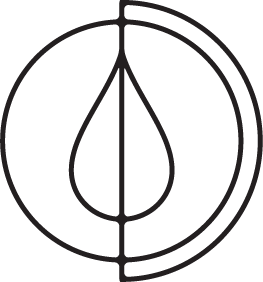

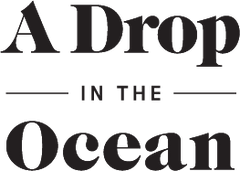
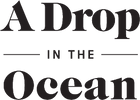


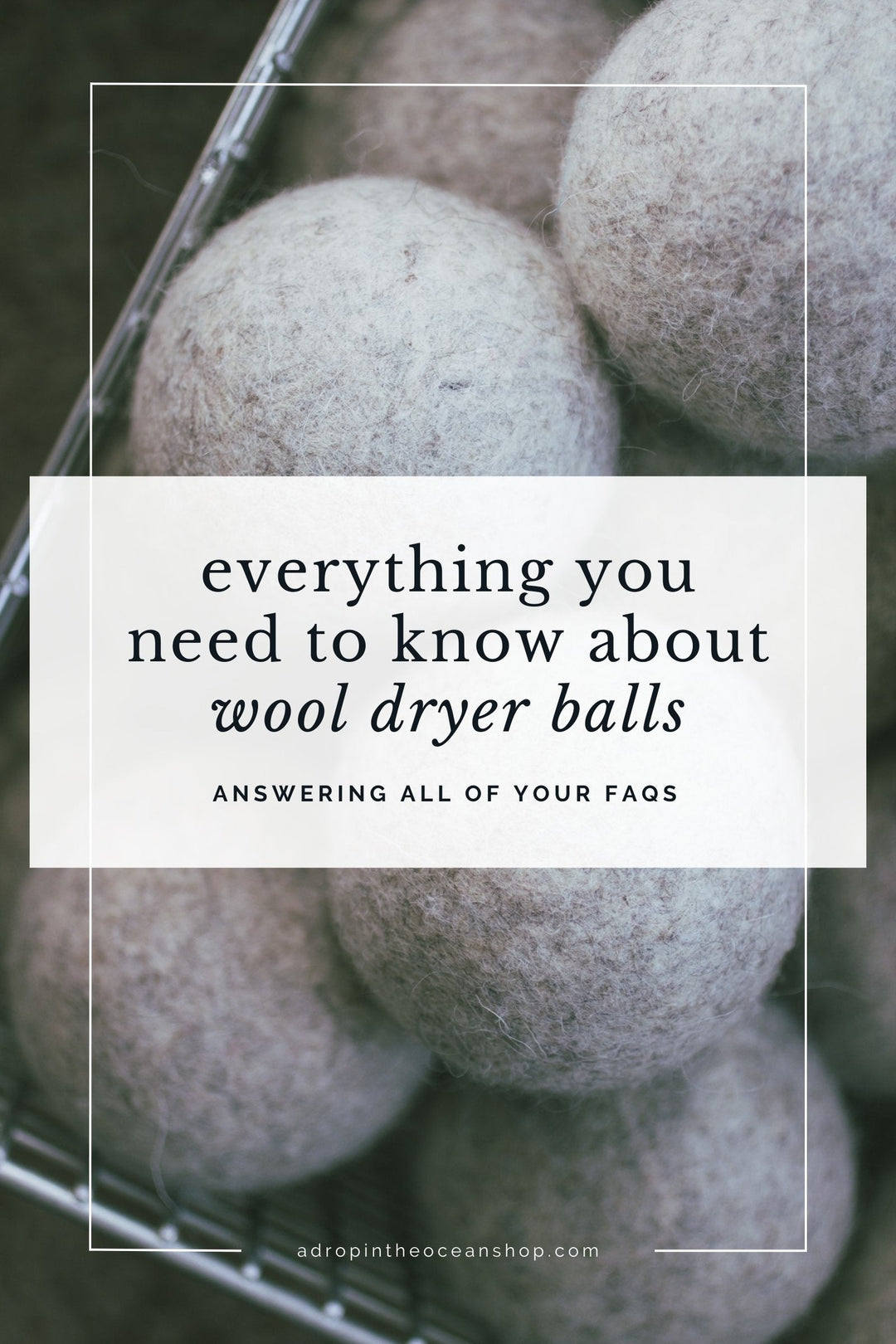

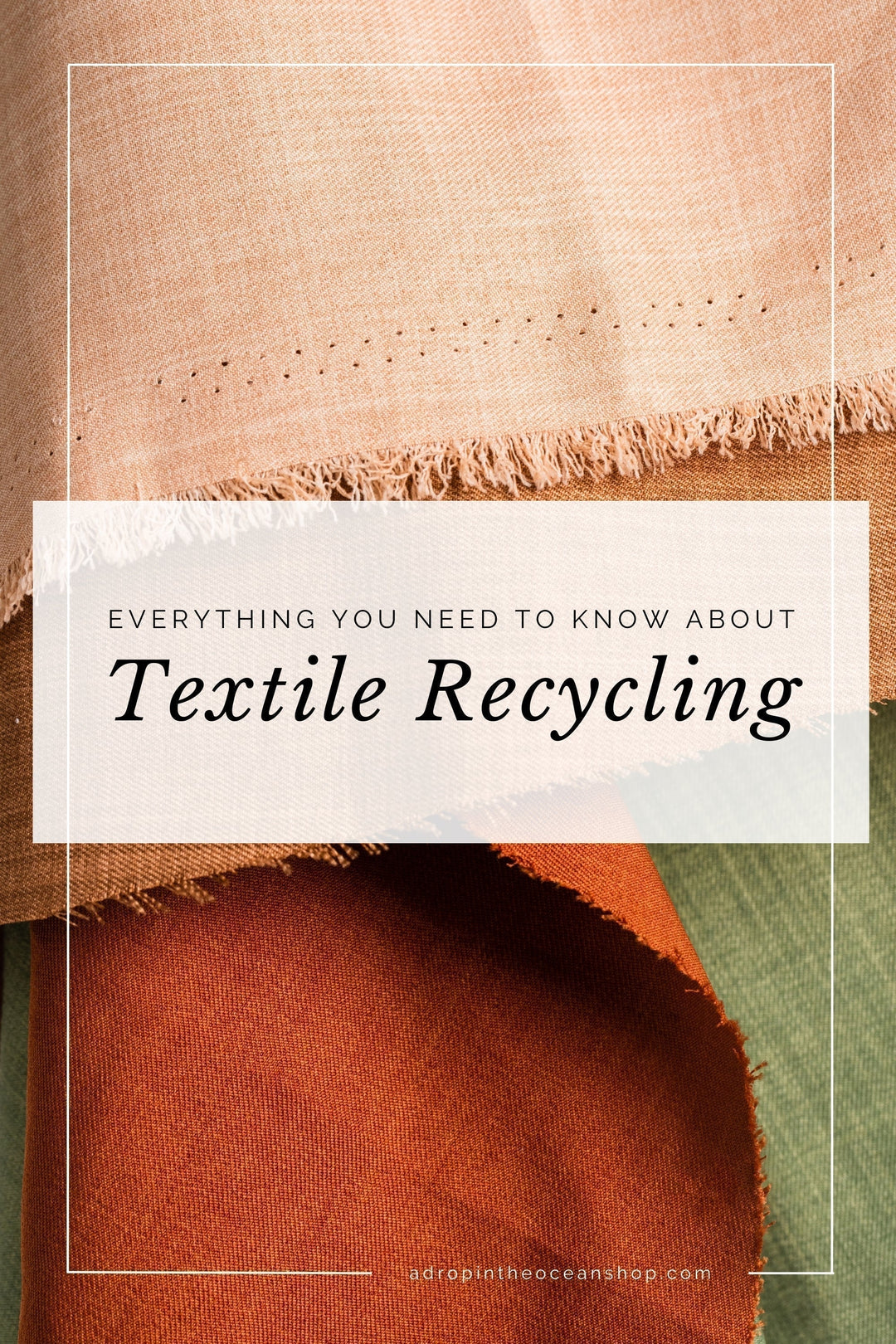
Leave a comment